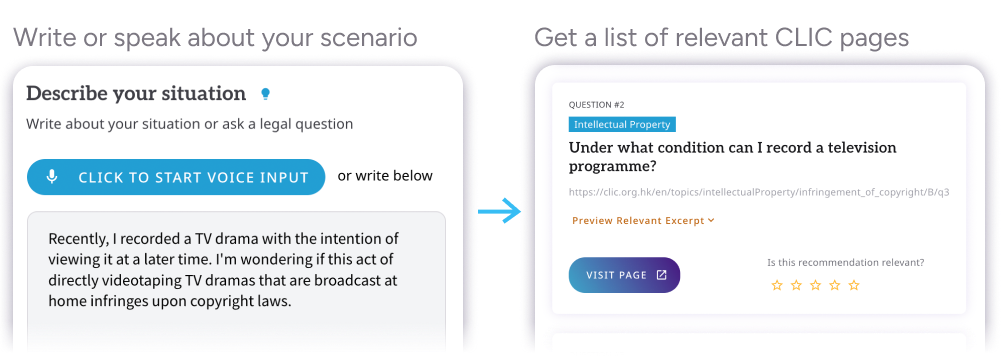2. Procedure
There are 2 major requirements for the Officer-in-Charge of an identification parade:
- Holds a rank of Chief Inspector or above; and
- Has no relation or involvement in the investigation of the case.
If the identification parade is conducted by an investigating officer, it can potentially compromise the fairness of the parade, the identification evidence would then be deemed inadmissible in court.
Upon bringing the suspect to the designated location for a lineup, the officer in charge of the lineup will ask the suspect if they have any objections to the lineup arrangement or any of the other participants. Any objections raised will be documented on a form called Pol. 279, and if necessary, steps will be taken to address the concerns. The suspect will be given the opportunity to choose their position in the lineup, and this choice will be clearly recorded on the Pol. 279. If there are multiple witnesses, the officer in charge will inform the suspect, after each witness leaves the room, that they can change their position in the lineup if they wish. Each position in the lineup will be clearly numbered, either using numerical markers on the floor in front of each participant or by some other means.
The suspect is allowed to have legal representation during the identification parade. This is in line with principle (c) of the Rules and Directions for the Questioning of Suspects and Taking of Statements, which specifies that any person at every stage of investigation shall be able to communicate with his legal representative in private.
As common practice, an identification parade is typically video recorded. During the parade, the suspect, along with the actors, is positioned on one side of a single-sided reflection mirror, while the eyewitness is on the other side. This setup allows the eyewitness to see the suspect and the actors, but prevents the suspect and actors from seeing the eyewitness. The crucial factor is whether there are an adequate number of actors in proportion to the number of suspects to ensure that the identification parade is a fair and proper test.
According to paragraph 24 of the Force Procedures Manual, a lineup should consist of a minimum of eight individuals, excluding the suspect. These individuals should closely resemble the suspect in terms of age, height, general appearance, and social status. If the suspect has any distinctive marks or features like tattoos or visible scars, these should be concealed or hidden on both the suspect and the other participants. Similarly, if the suspect wears glasses, a beard, moustache, or any other distinguishing feature, the other participants should have similar features.
Generally, only one suspect is included in a lineup, unless there are two suspects who have a similar appearance, in which case they may be included together with at least twelve other individuals. It is important to note that no more than two suspects should be included in a single lineup under any circumstances.
The probative value of an identification parade can be compromised if the actors do not resemble the suspect. In situations where it is impractical to find actors with similar height or body shape, alternative measures can be taken. To reduce physical differences, the suspect and actors may be requested to sit down and cover their bodies with a blanket. Special marks or features of the suspect, such as scars, can be concealed, or each actor can have a similar mark or feature, either with makeup or otherwise.
It is crucial to maintain fairness during an identification parade, and therefore, the eyewitness should not be prompted or influenced regarding the actual suspect. It is impermissible for the police to provide a photograph of the suspect to the eyewitness before the identification parade. If the eyewitness has seen the photograph of the suspect prior to the parade, their identification testimony may no longer be considered reliable. Similarly, if the police inform the eyewitness about the physical appearance of the suspect, it can render their identification testimony "wholly valueless." These practices aim to ensure that the identification process remains unbiased and reliable.



